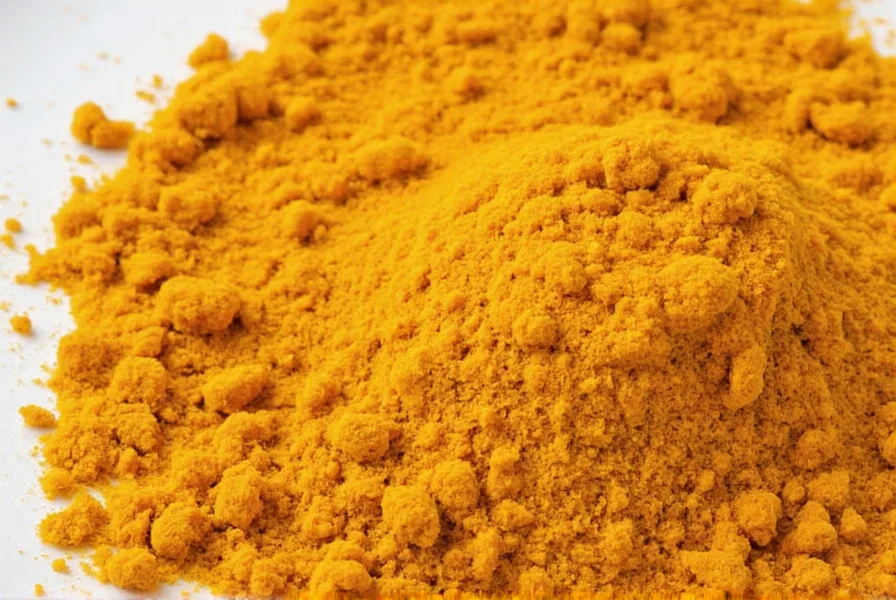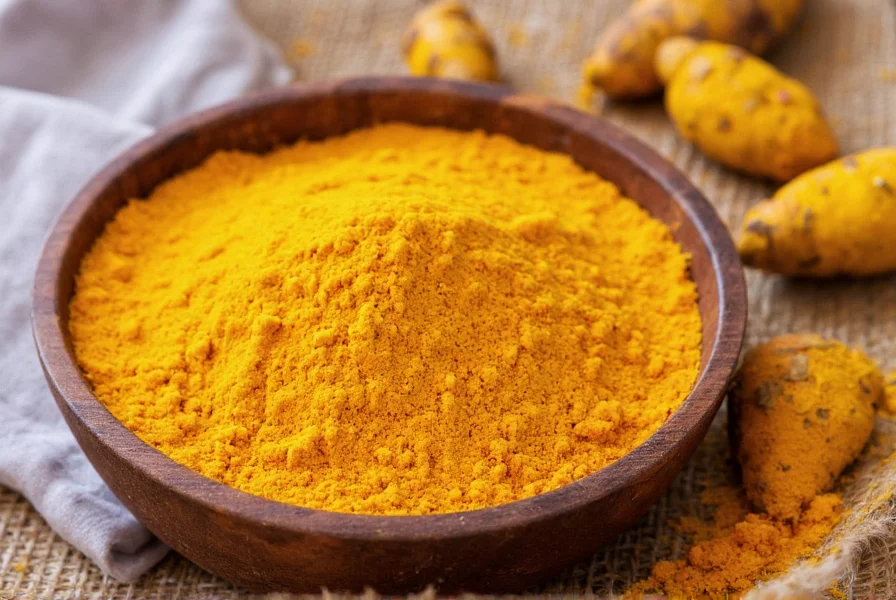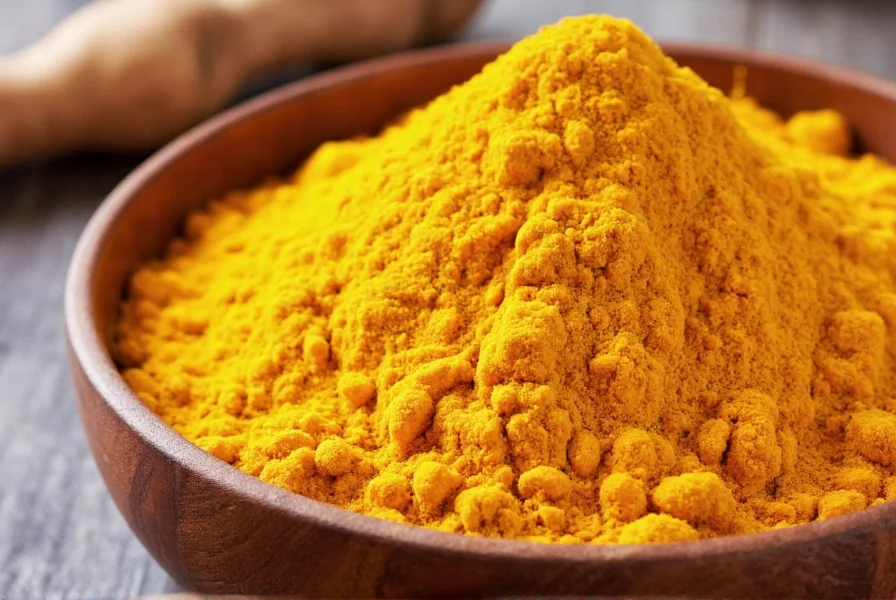For centuries, turmeric has been a staple in traditional medicine and culinary practices worldwide. Many people wonder whether cooking diminishes its celebrated health properties. The reality is more nuanced than a simple yes or no answer. Understanding how heat affects turmeric's chemical composition reveals important insights for maximizing its nutritional value in your daily diet.
The Science Behind Cooking Turmeric
Curcumin, turmeric's most studied bioactive compound, demonstrates interesting behavior when exposed to heat. Research published in the Journal of Agricultural and Food Chemistry shows that moderate heating (around 180°F/82°C) increases curcumin's solubility in water by approximately 300%. This enhanced solubility directly translates to better absorption in the human body.
Contrary to popular belief that heat destroys all nutritional value, controlled thermal processing actually breaks down turmeric's cell structure, releasing more curcuminoids. However, prolonged exposure to high temperatures (above 300°F/150°C) can degrade curcumin over time. The key is understanding optimal cooking parameters for maximum benefit.
Nutritional Changes in Cooked Turmeric
When evaluating does cooking destroy turmeric benefits, we must consider multiple compounds beyond just curcumin:
| Compound | Effect of Cooking | Duration Impact |
|---|---|---|
| Curcumin | Increased bioavailability up to 30 minutes of cooking | Optimal at 20-30 minutes; degrades after 45+ minutes |
| Turmerones | Moderate decrease with prolonged cooking | Stable for first 15 minutes; decreases gradually |
| Vitamin C | Significant reduction with heat exposure | Rapid decrease after 5 minutes |
| Minerals | Generally stable through cooking process | Minimal change regardless of duration |
This comprehensive analysis shows that while certain heat-sensitive nutrients decrease, the overall therapeutic potential of turmeric often increases when properly prepared. The critical factor determining how to increase curcumin bioavailability when cooking involves strategic pairing with complementary ingredients.
Optimal Cooking Methods for Maximum Benefits
Scientific studies reveal that the best way to cook with turmeric for maximum absorption follows these evidence-based principles:
- Fat incorporation: Curcumin is fat-soluble. Cooking turmeric with healthy fats (olive oil, coconut oil, or ghee) increases absorption by 7-8 times compared to dry preparation.
- Black pepper addition: Piperine in black pepper enhances curcumin absorption by up to 2,000% when combined in cooked dishes.
- Temperature control: Maintain cooking temperatures between 160-200°F (70-95°C) for optimal results without degradation.
- Cooking duration: 20-30 minutes provides the ideal balance between increased solubility and compound preservation.
Traditional Indian cuisine intuitively applies these principles through dishes like golden milk and curry preparations, where turmeric is sautéed in oil with black pepper and other spices before liquid ingredients are added.

Common Misconceptions About Cooked Turmeric
Several myths persist about turmeric cooked vs raw health benefits. Let's examine the evidence:
Myth: Raw turmeric preserves all beneficial compounds
Reality: Raw turmeric has extremely low bioavailability (less than 1% absorption). Cooking significantly improves this metric while preserving most therapeutic properties.
Myth: All cooking methods destroy curcumin
Reality: Moderate heat exposure (below 300°F/150°C) for 20-30 minutes actually enhances curcumin's solubility and bioavailability.
Myth: Turmeric loses all value when added to hot liquids
Reality: Adding turmeric to hot (not boiling) liquids with fat content creates optimal conditions for absorption, as demonstrated in traditional golden milk preparations.
Practical Applications in Daily Cooking
Implementing these research-backed techniques can transform how you use turmeric:
- Dry roast first: Lightly toast turmeric powder in a dry pan for 1-2 minutes before adding oil to enhance flavor and compound release.
- The oil step: Always add turmeric to heated oil (not water) first, allowing 2-3 minutes for proper dissolution before adding other ingredients.
- Timing matters: For soups and stews, add turmeric midway through cooking rather than at the beginning or end for optimal results.
- Finish with pepper: Add freshly ground black pepper near the end of cooking to preserve piperine's effectiveness.
These techniques address the practical question of how to cook with turmeric to retain benefits while creating delicious, nutritionally optimized dishes. The traditional Ayurvedic practice of preparing "turmeric milk" follows these exact principles—warming turmeric in milk (which contains fat) with black pepper and a small amount of oil or ghee.

Evidence-Based Recommendations
Based on current nutritional science, here are specific recommendations for maximizing turmeric's benefits through cooking:
- Use approximately 1/2 to 1 teaspoon of turmeric powder per serving for therapeutic effects without overwhelming flavor
- Combine with at least 1-2 grams of fat per serving (about 1/4 to 1/2 teaspoon of oil)
- Add 1/20th teaspoon of black pepper per 1/2 teaspoon of turmeric for maximum absorption boost
- Cook at moderate temperatures (simmering, not boiling) for 20-30 minutes for optimal results
- Consume cooked turmeric within 2 hours for peak bioavailability
These guidelines provide practical solutions for anyone seeking to understand does heating turmeric destroy curcumin while implementing effective cooking strategies. The scientific consensus confirms that properly prepared cooked turmeric delivers significantly more health benefits than raw or improperly prepared turmeric.
Does cooking turmeric destroy its health benefits?
No, cooking turmeric properly actually enhances its primary health benefits. Moderate heat exposure increases curcumin's solubility and bioavailability by up to 300%. The key is cooking with fat and black pepper at appropriate temperatures (160-200°F) for 20-30 minutes.
What's the best way to cook turmeric for maximum absorption?
The optimal method involves sautéing turmeric in healthy fats (like olive oil or coconut oil) for 2-3 minutes, then cooking at moderate temperatures (simmering, not boiling) for 20-30 minutes while adding black pepper. This combination can increase curcumin absorption by up to 2,000% compared to raw turmeric.
How long should I cook turmeric to preserve its benefits?
For maximum benefits, cook turmeric for 20-30 minutes at temperatures between 160-200°F (70-95°C). This duration optimizes curcumin solubility while preventing significant degradation. Cooking beyond 45 minutes at high temperatures begins to reduce beneficial compounds.











 浙公网安备
33010002000092号
浙公网安备
33010002000092号 浙B2-20120091-4
浙B2-20120091-4